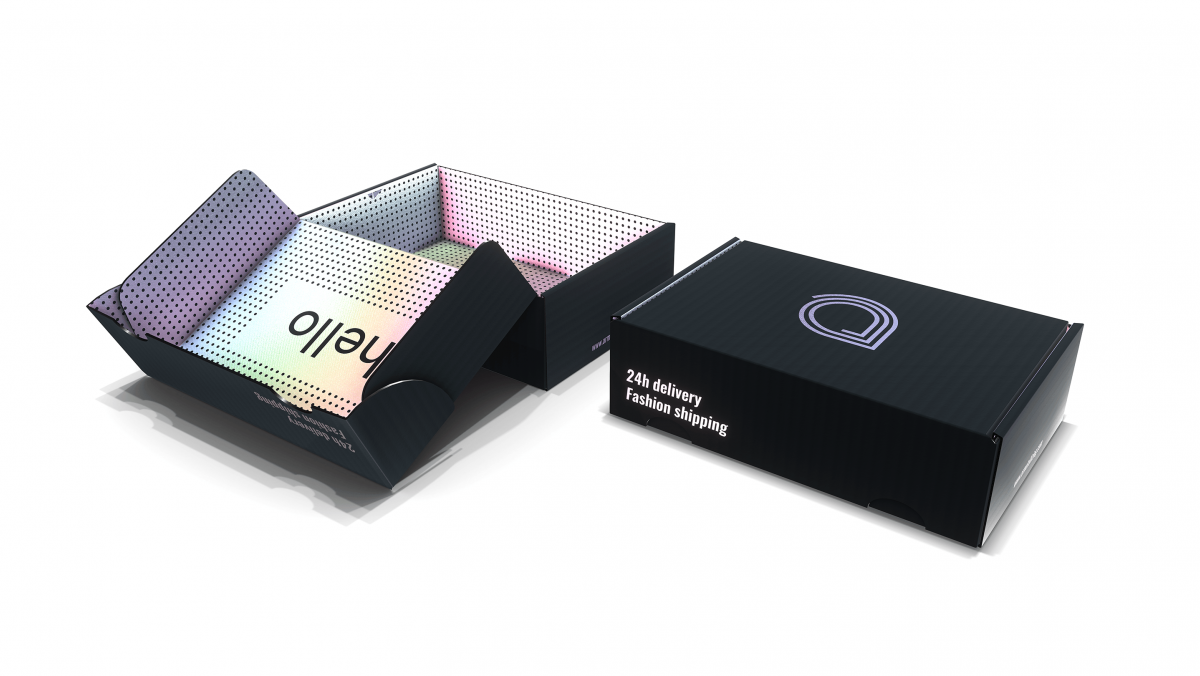Metallized paper and metallic inks: what are the differences?
Using metallic inks is a popular way of adding glossy, shiny elements to packaging and labels. Just like metallized paper, metallic inks can help packaging ‘pop’ on the shelf….drawing consumers eyes to products and increasing product consideration. So, while metallized paper and metallized inks both offer exciting looks, does one offer advantages over the other, and most importantly, what application works best, where?
Ok, let’s talk looks: do metallized paper and metallic inks look different?
We’ll be honest, both look great.
Metallized paper is naturally glossy and shiny. Our customers and brands love the premium feel it can add to their labels and packaging. Metallic inks are also attractive, but they aren’t as glossy as our paper. Over a large area, the limited shine could potentially be a shortcoming and any deficiencies are easy to spot. That said, metallic inks are often utilized to cover small areas, and they look fantastic.
Uses on different thicknesses…any advantages?
Metallic inks can be used on any paper or board thickness that can be printed, so you can choose whatever depth works best for your use.
Metallized paper is available in various thicknesses, ranging from 25#/ream to 150#/ream. Our product can easily be laminated onto board for thicknesses up to 0.7mm or 28 pt.

Costs: what should I consider?
Again, we’ll be upfront: both metallized papers and metallized inks offer advantages, although they offer efficiencies for different applications. Metallized paper offers good value per square area. The advantage here is that it’s usually used on large areas of paper or packaging. Metallized paper easily adds a luxurious and premium feel to products and packaging which allows brands to set their sale price higher than they might have been with a more ‘average’ looking package or label.
Metallic inks can get comparatively expensive if end-users are looking to cover large areas. Instead, use of metallic inks can be advantageous if brands or end-users are looking to add small enhancements to packaging, labels and other applications. Using metallic inks for smaller areas keeps costs reasonable and the print quality remains high.
Comments? Questions? Want to hear more?
We'd love to hear from you. Drop us a note, and we'll be right in touch.